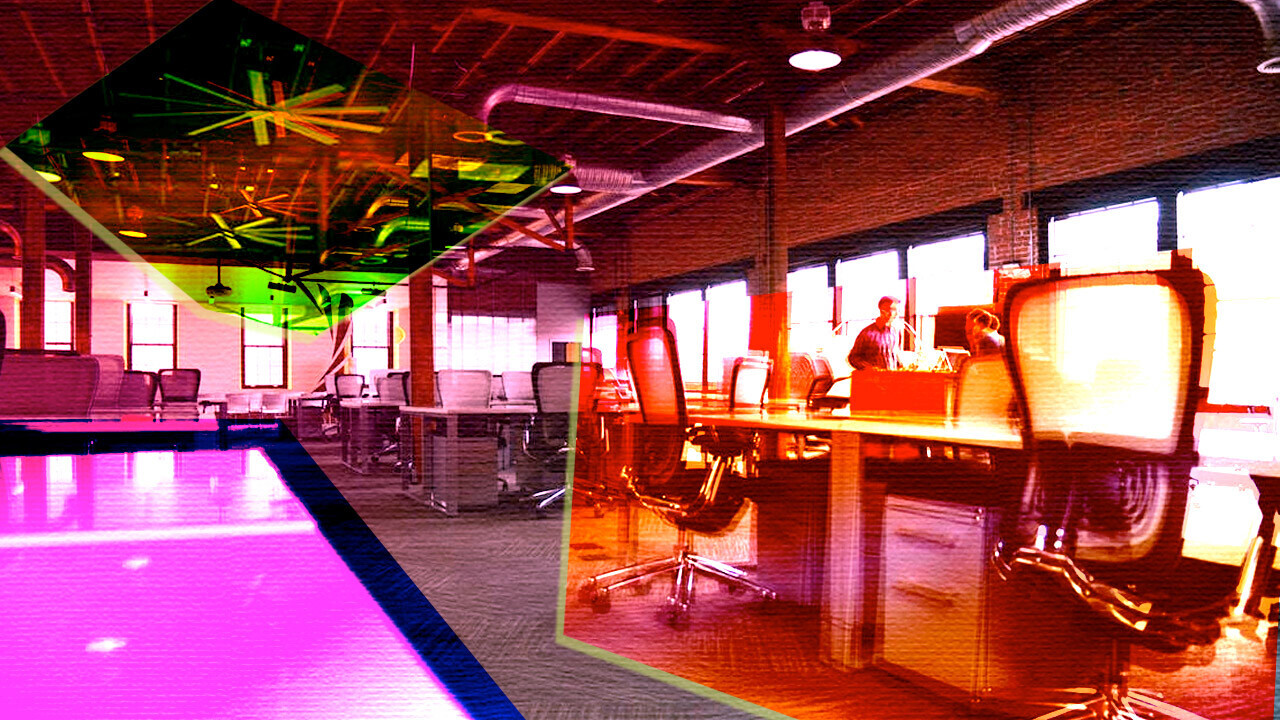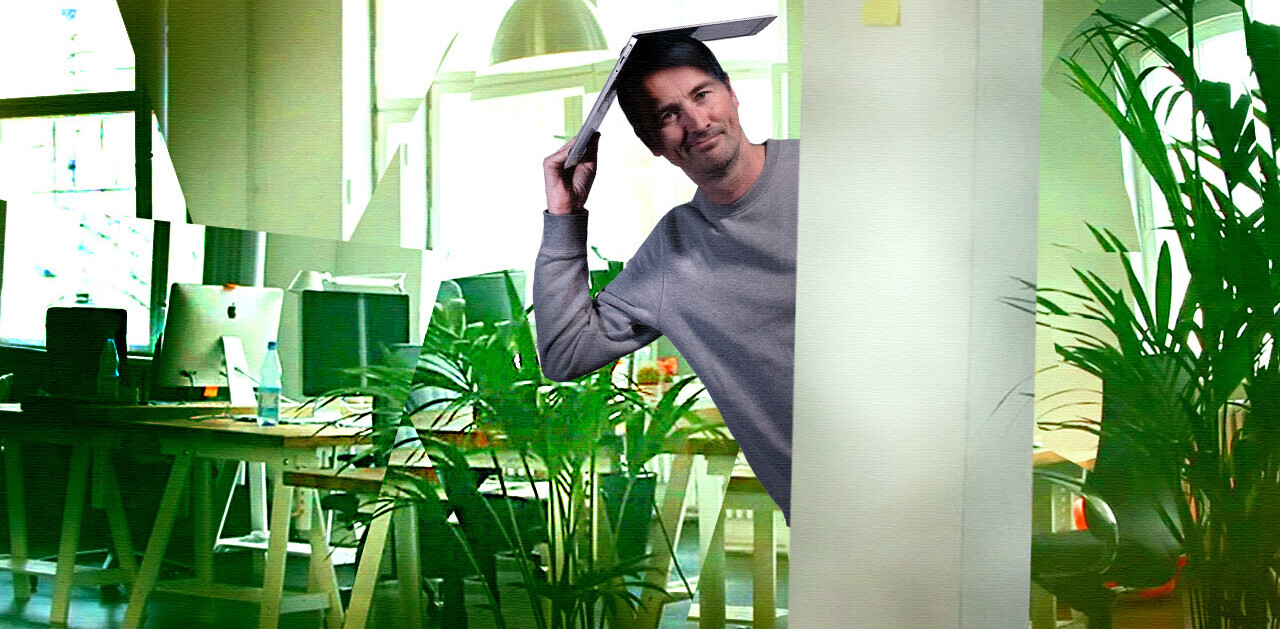
As COVID-19 shut down offices across the world, major tech hubs with their elaborate office spaces shuttered. The entire industry began to wonder, “how will it be possible to keep our unique culture alive over video conferences?”
But now as we see real hope for going back to an in-person setting, the new burning question has become, “how will we adjust and recreate culture and encourage attendance once it’s time to return?”
There is, of course, no right answer to these questions just yet — sorry.
However, I believe changing how we think about returning to the office in the months to come — especially by fostering an office environment that acts as a ‘home base’ — will be vital to building a comfortable foundation for return-to-work company-wide.
The complexities of choosing a “return date” and a return-to-work policy while managing to welcome back employees in a meaningful way, however, is presenting a new challenge for executive decision-makers as the expectation to begin “returning to normal” is upon us.
A new perspective on returning to the office
For my company, we left our respective workspaces earlier this year when it became clear a return to work would not be in the cards in the short term. This move has placated a lot of employees’ stress about commuting, sharing small spaces, and leaving the comfort of their home offices.
While the first six months of quarantine felt like a struggle, once our employees really hit their stride and built new routines, they found the convenience of working from home a bonus that they don’t want to give up entirely when a “new normal” kicks off.
So when it comes to the timing of a return-to-work plan, I’ve seen that not having the stress of a strict return date has made our employees more relaxed, and more focused on productivity while working from home.
Although a hybrid remote work model is going to be paramount to a smooth transition once return-to-work planning is initiated again, we won’t be able to do it with our old, rigid offices. That’s why I think it’s imperative that we redefine our office space from a 9 a.m. to 6 p.m. grind to a more flexible setting.
Employees have gotten used to being able to better balance at-home responsibilities with work responsibilities; blending their work hours with their personal hours in a way that ensures both are met with high productivity.
The potential for a more flexible work schedule is extremely desirable for employees and management alike as well as when it comes to the recruitment of new hires, adding curbside appeal and eliminating the various pressures that once were. So fostering a ‘home base’ for employees company-wide removes the added stress of the somewhat dreaded change of routine on their psyche.
Reset for a culture-focused future
When we do return to work, everything will not just simply pick up where it left off over a year ago.
Most companies, including Tapad, will be looking for a whole new kind of space — one that allows for separation between employees, but still offers some of those cultural tentpoles like kitchen amenities. Basically — say buh-bye to the often-debated “open floor plan” with rows of desks with employees spaced only two feet apart.
[Read: Take it from me (and researchers): Open offices suck]
Thankfully, ping pong is a socially distant sport, so I’ll expect to see ping pong tables and revamped spectator spaces continue to be core to culture building in our new home base.
Ping pong aside though, it’s essential that companies look to this return to normalcy as a reset button. So much has happened in the past year across personal lives, work lives, and just in the world in general. It’s imperative that companies look at this return as an opportunity for a cultural reset.
How do we foster more inclusivity, celebrate our people more collectively and build cultural programs that work in the new future? The answer is not going to come from one person, but rather from the feedback and participation of as many employees as possible.
The adoption of a hybrid remote-work model will mean fewer people in the office at the same time, so a fresh slate of programming is essential. A mix of virtual and physical events, regularly scheduled ‘face time’ with management, and of course, new swag to make sure employees feel connected and excited to start integrating back into office life.
Just like we experimented throughout 2020 and 2021 to find the right cadence of town halls and virtual happy hours, we’ll need time to experiment with hybrid culture to find the right blend of activities and content to keep everyone feeling engaged and motivated.
It’s going to be critical for employers not to glaze over this past year and expect team members to be able to do the same. A successful return-to-work is going to require acknowledgment that ‘going to work’ is not going to be the same for a long time, or ever even.
And while there is no perfect plan or formula, I believe it’s important that employees see the effort going into creating a new culture. The more transparency there is in building back up an encouraging workplace culture, the more teams feel, understand, and adapt to the initiatives and environments.
Get the TNW newsletter
Get the most important tech news in your inbox each week.




